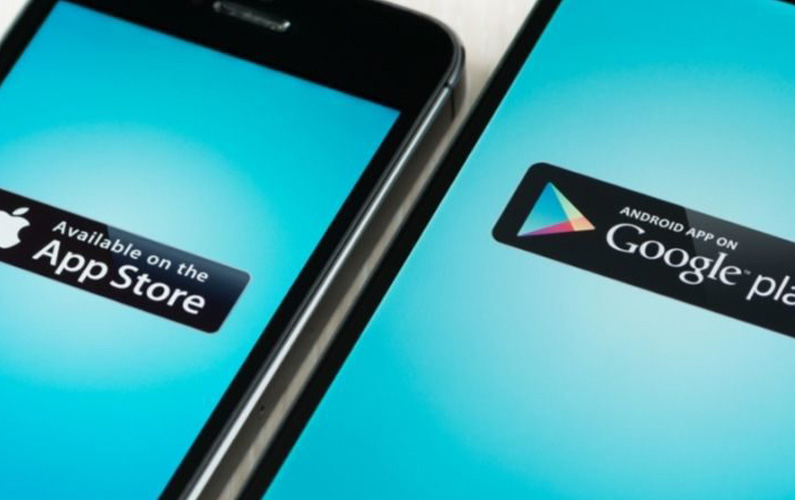Google has pre-announced plans to introduce a “safety section” in the Google Play store to help people understand how Android apps, including its own, use the personal data they collect about their users.
If this sounds like Google’s answer to Apple’s privacy labels, introduced in December 2020, it is — kind of. Critics say Google’s new feature isn’t a privacy move so much as a justification for why a user can trust an app with their data. As Google puts it, the new section “will help people understand the data an app collects or shares, if that data is secured, and additional details that impact privacy and security”.
Google’s not really saying apps shouldn’t collect the data in the first place — which is increasingly Apple’s position, particularly with its new App Tracking Transparency (ATT) feature.
So what can we expect from the Google Play store safety section? At a glance, app developers will be asked to declare:
- What personal data they collect, including users’ names and email addresses, and any information from the device, such as location data, contacts and photos and videos
- What they’re using that personal data for — is it for a better user experience or personalized ads, for example?
- Any good security and privacy practices they already have in place, such as data encryption or protecting children under Google’s Families policy
- Whether the app needs the data it collects to function or whether users have a choice about their data being shared (as they do on iOS apps through Apple’s new ATT)
- Whether the app’s safety section is verified by an independent third party
- Whether they will service the user’s right to data deletion requests if the user chooses to uninstall the app.
As we said, Google’s safety section and Apple’s privacy labels are not really a case of comparing apples with apples (pardon the pun). Critics are saying Apple privacy labels focus on the data apps are collecting for tracking purposes and what’s linked to the end user, whereas Google’s safety section is more about an app’s best practices and trustworthiness in collecting and handling a user’s personal data. While the independent verification on the Google labelling doesn’t happen on Apple’s privacy labelling, it is optional, and it also remains to be seen how rigorous it will be.
To us, this is all part of Google’s predictable misunderstanding of what safety means to many people. Yes, it’s about security of data, but Google’s repeated ploy to bait-and-switch a privacy concern into a security solution is missing a big aspect – what companies do themselves and how they share our personal data with other parties. No amount of security-only thinking results in a privacy solution in this case. What’s more, Google going on about the evils of data sharing are moot since they are the biggest data hoarder there is.
Like Apple did when it announced the ATT feature, Google is giving developers plenty of time to get used to the idea. The safety section in Google Play store won’t become mandatory for all apps until Q2 of 2022. In fact, this feels like Google is giving its app developer community longer than Apple did from announcement to required implementation. Perhaps that’s an indirect acknowledgement by Google that the data handling practices of its huge app dev community needs more time?
Once the requirements are mandatory, app developers who don’t comply will face sanctions.
Like all the privacy changes we’re seeing in the ad tech space lately, consumers will ultimately determine whether this new move from Google goes far enough in protecting their personal data. As iOS apps have seen with the low opt-in rates for cross-app tracking from Apple’s new ATT, Android apps might be in for a rude shock.
Photo By: Bloomicon



